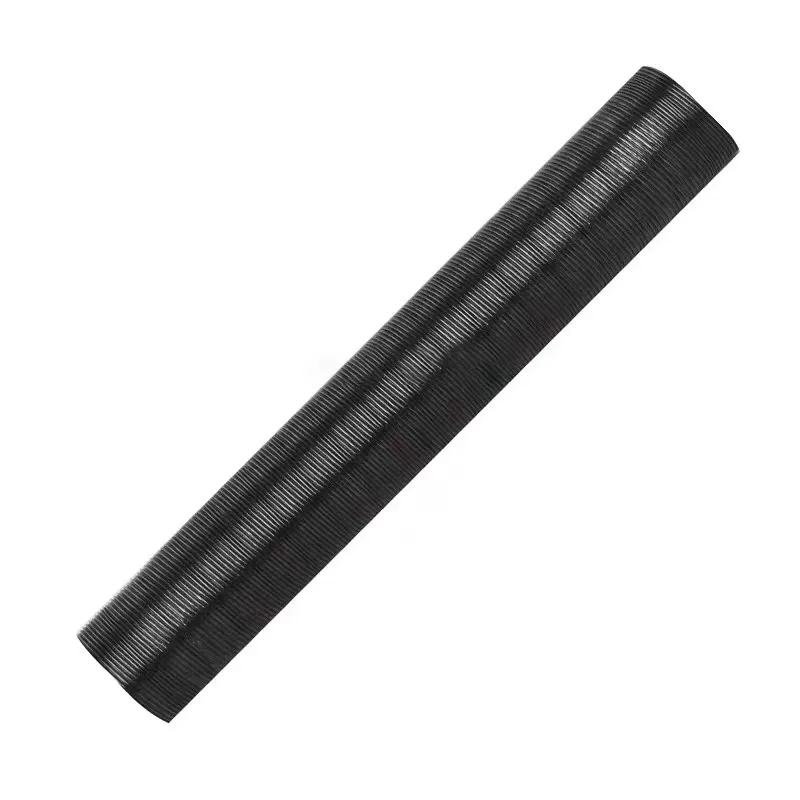connecting pvc pipe to garden hose
Connecting PVC Pipe to Garden Hose A Comprehensive Guide
Connecting PVC pipe to a garden hose is a practical solution for various gardening and irrigation projects. PVC (polyvinyl chloride) pipes are durable, versatile, and commonly used in landscaping and gardening for their ability to transport water efficiently. On the other hand, garden hoses are flexible, easy to maneuver, and ideal for portable watering needs. In this article, we will explore the methods, materials, and tips for successfully connecting PVC pipes to garden hoses.
Understanding the Components
Before diving into the connection process, it's essential to understand the components involved
- PVC Pipe This rigid plastic pipe comes in various diameters and lengths. It's often used for irrigation systems, fish ponds, or connecting to homemade sprinkler systems.
- Garden Hose Typically made of rubber or soft plastic, garden hoses are designed for easy transport and come in different lengths and diameters.
- Hose Fittings These connectors allow the garden hose to attach securely to other devices or projects.
- PVC Fittings These are used to connect sections of PVC pipe, usually available in various shapes like elbows, tees, and couplings.
Materials Required
When connecting PVC pipe to a garden hose, you'll need the following materials
1. PVC Pipe Choose the appropriate diameter based on your needs. 2. Garden Hose Ensure it is of suitable length for your project. 3. Hose Adapter This will connect the garden hose to the PVC pipe. 4. PVC Cement For secure connections between PVC fittings and pipes. 5. Pipe Cutter To cut the PVC pipe to your desired length. 6. Hacksaw or Utility Knife For cutting the hose if needed. 7. Sandpaper To smooth the edges of cut PVC for better adhesion. 8. Measuring Tape For accurate length measurements.
Step-by-Step Guide to Connecting the PVC Pipe to the Garden Hose
Step 1 Measure and Cut
Using the measuring tape, determine the length of PVC pipe you need for your project. Use a pipe cutter to cut the PVC pipe to the desired length. After cutting, use sandpaper to smooth the edges. This step prevents any debris from entering the water flow and ensures a good fit.
connecting pvc pipe to garden hose

Step 2 Prepare the Hose and Adapter
If your garden hose needs modifications, use a hacksaw or utility knife to cut it to the desired length. Next, acquire a hose adapter that fits both the garden hose's diameter and the PVC pipe size. Hose adapters typically have male and female ends, so it’s crucial to identify which end connects with the hose and which connects with the PVC.
Step 3 Attach the Hose to the Adapter
Screw the garden hose onto the female end of the hose adapter. Ensure a tight fit to avoid any leaks. If the garden hose has threads, use Teflon tape around the threads before screwing them together; this will help create a watertight seal.
Step 4 Connect the Adapter to the PVC Pipe
Next, take the PVC pipe and insert the male end of the adapter into the pipe's opening. If you are using a PVC fitting, apply the PVC cement around the edge of the adapter, then push it into the pipe while rotating slightly to ensure an even distribution of the adhesive. Hold it in place for about 30 seconds to allow the cement to set.
Step 5 Allow Time to Cure
After connecting, it's essential to let the adhesive cure properly. PVC cement typically requires at least 30 minutes to set, but for full strength, it is advisable to wait 24 hours before testing the connection under pressure.
Step 6 Test the Connection
After the curing period, turn on the water supply and check for leaks at the connection points. If any leaks occur, tighten the connections and, if necessary, apply additional Teflon tape or PVC cement.
Tips for Success
- Always ensure that the hose adapter you purchase matches your garden hose and PVC pipe diameter. - When working with PVC cement, follow the manufacturer's instructions for drying times and methods. - For temporary installations, consider using hose clamps for easy disconnection. - Regularly inspect your connections for wear and tear to prevent leaks.
Conclusion
Connecting PVC pipe to a garden hose may seem daunting at first, but with the right materials and guidance, it can be a straightforward process. Whether you’re setting up a new irrigation system or simply looking to extend your watering capabilities, knowing how to make this connection effectively can enhance your gardening experience. Always remember to prioritize efficiency, durability, and maintenance for a successful gardening project.
-
Top Quality Oxy Acetylene Hoses for Sale Fit for Welding DemandsNewsJul.28,2025
-
The Future of Pneumatic Air Tubes in IndustryNewsJul.28,2025
-
Superior and Reliable LPG Hose Pipe Solutions for Every NeedNewsJul.28,2025
-
Exceptionally Durable and Versatile Premium Braided PVC TubingNewsJul.28,2025
-
Best Adapters for Connecting Garden Hose to PVC Pipe ConnectionsNewsJul.28,2025
-
The Essential Role of LPG Hoses in Safe and Efficient Gas DistributionNewsJul.16,2025














